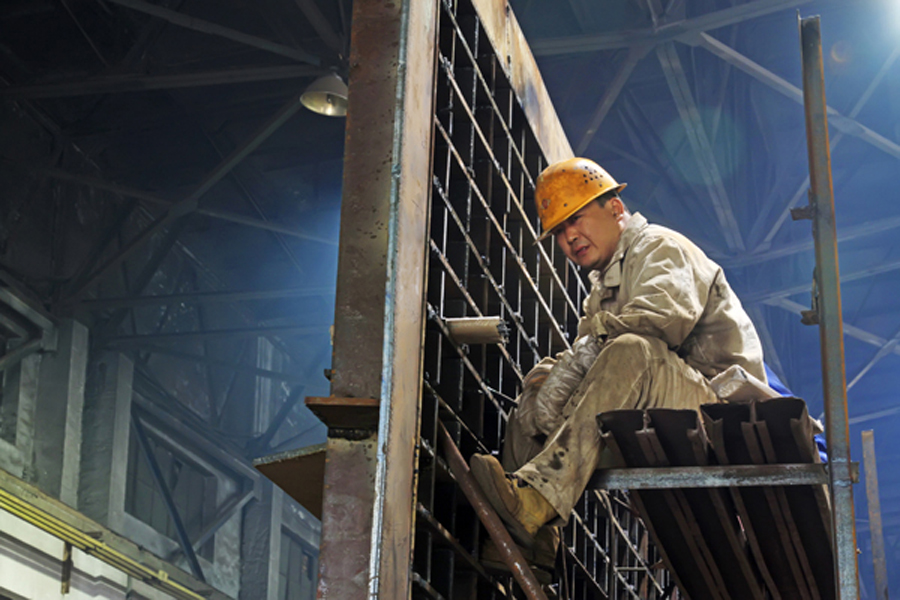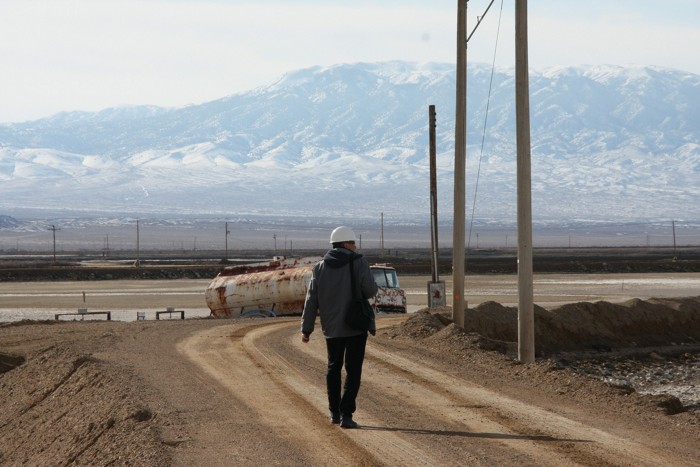Iron ore price rally stalls as China steel pulls back

Iron ore prices fell on Thursday as China’s steel futures inched lower, retreating from record highs touched in the previous session.
Benchmark 62% Fe fines imported into Northern China (CFR Qingdao) were changing hands for $173.10 a tonne, down 0.3% from the previous trade, according to Fastmarkets MB, with the Dalian Commodity Exchange benchmark down 0.6%.
Analysts, however, said moves to rein in steel output in China – the world’s top producer and exporter of the construction and manufacturing material – should keep any pullback in prices in check.
“China’s plans to lower its crude steel production in 2021 could be challenged by the resultant high steel prices incentivizing mills to lift their operating rates”
S&P Global Platts
As improved steel profit margins prompted Chinese mills to ramp up output, Sinosteel Futures analysts said “a high level of destocking must be maintained to help support high prices.”
Robust domestic demand fuelled a rally in steel prices recently, along with concerns over output curbs as China rolls out new policies focusing on tighter environmental control that limits production capacities of mills.
Several heavy-polluting mills in China’s top steelmaking city, Tangshan have been subjected to more severe production restrictions that could also be imposed in other areas.
“This is the first time the Chinese government is looking at the steel industry from an environmental angle on a nationwide basis,” J.P. Morgan analysts said in a note.
“We are seeing increasing prospects that these structural changes will lead to long-term improvement in steel margins.”
Tangshan’s output cuts have led to the suspension of about 34 million tonnes per year of pig iron capacity since mid-March.
This has, in theory, temporarily reduced China’s overall pig iron capacity from 1,032 million tonnes per year at the end of 2020 to 998 million tonnes per year currently. But it is still much higher than China’s realized pig iron output of 888 million tonnes in 2020, according to Platts Analytics.
“China’s plans to lower its crude steel production in 2021 could be challenged by the resultant high steel prices incentivizing mills to lift their operating rates, which would offset output reductions elsewhere,” S&P Global Platts in a note.
“The net result would be at best a marginal lowering of overall production, and in all likelihood no reduction from last year’s levels at all.”
(With files from Reuters)
{{ commodity.name }}
{{ post.title }}
{{ post.date }}


Comments